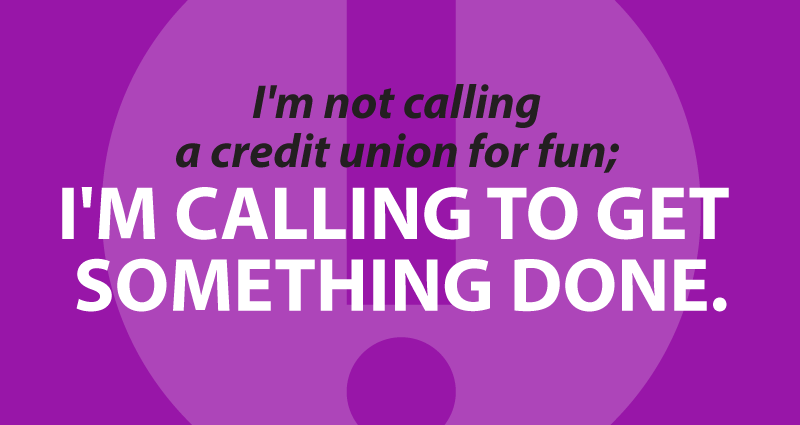
How many seconds to get a human?
Two extraordinary things just happened to me:
- An actual human picked up the phone when I called a large corporation with a technical problem.
- The human quickly resolved my problem.
A few days ago, I found myself locked out of my Square account. (Among other things, Square allows regular folks to accept credit cards.) I mainly use it so my friends can easily reimburse me for motorcycle parts.
After some frustration with Square’s website and a frenzy of Googling, I learned that I needed to call to get the issue resolved. Like… call? On the phone? Talking? To a person?
So I poured a beverage, settled in for a long wait on hold, and dialed.
After a very brief recorded spiel, an actual real live human being picked up the phone.
And in less than three minutes, my problem was fixed.
But nobody’s perfect
Of course, when you break this satisfying little episode down, it’s not all sunshine and roses. I wasn’t able to solve my problem online by searching Square’s website or using Google.
I’m a pretty fair shot with the English language, but it took me several attempts at rephrasing to Google up the slightest hint about what to do. And Square’s internal search engine was entirely useless.
What can CUs learn?
People like humans
The top pages on every credit union website boil down to those that answer a few simple questions. And one of the top questions is always: how can I talk to a human?
Make sure your phone number is easy to find on every page, and add in as many ways as you can to communicate in real time with fellow humans. This can also include other real-time or near real-time channels, such as live chat, email, or even text messaging (hey, why don’t more CUs text?)
And needless to say, make sure an actual real human is actually paying attention and answers promptly no matter what channel. Humans need sleep, of course, so include the available hours and set expectations for a response time.
The same goes for all other avenues of communication, too. If you’re on Facebook, Twitter, etc. make sure you’re also set up to monitor and respond quickly to messages sent through these platforms.
Reduce the time to get a human
This is the main thing Square got right. Only the bare minimum of blather, and then blammo – I was on the line with a human, not on hold.
How long does it take to get a human on the line at your credit union? Every second counts. Frankly, most could do a lot better here. Get rid of the endless phone menus and have someone pick up the phone. If that’s not possible, at least put the “talk to a person” option first in the menu and allow people to skip the rest.
Knock off the long-winded unskippable introductions and disclosures, too. I’m not calling a credit union for fun; I’m calling to get something done. Anything more than stating the name of the credit union is just getting in the way.
Use real human language
Here’s the part where Square whiffed: it took me several tries searching their website and then with Google just to figure out the specific lingo they use to describe my issue. And even when I did, my very common issue was not covered anywhere in their online tech support and their internal search wasn’t any help. I finally found the clues I needed on a third-party website.
Credit unions can easily fall into rigid jargon. Mix things up on your website with different words and phrases. Use the real words real people really use for products and problems.
Check the tech, too. Make sure your internal search engine is up to snuff and can handle natural language.
And make sure the content people need is actually there. Pay close attention to logs of member search phrases (both internal site logs and Google Search Console), and create content like FAQs, blog posts, or Q&As to answer these questions.
After all, the best service is self-service. If a member can get an answer with a quick scan of FAQs or a search, everybody wins.
- CU Numbers Need Marketing Love, Too - April 2, 2024
- Will it blend? The only CU fintech question that matters. - February 13, 2024
- Solving the CU marketing “now what?” problem - January 16, 2024
